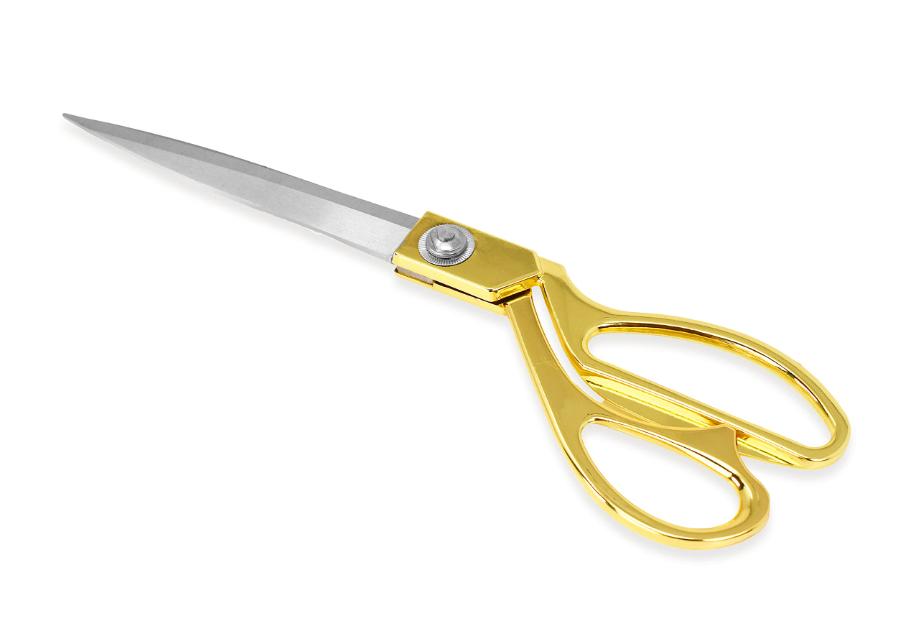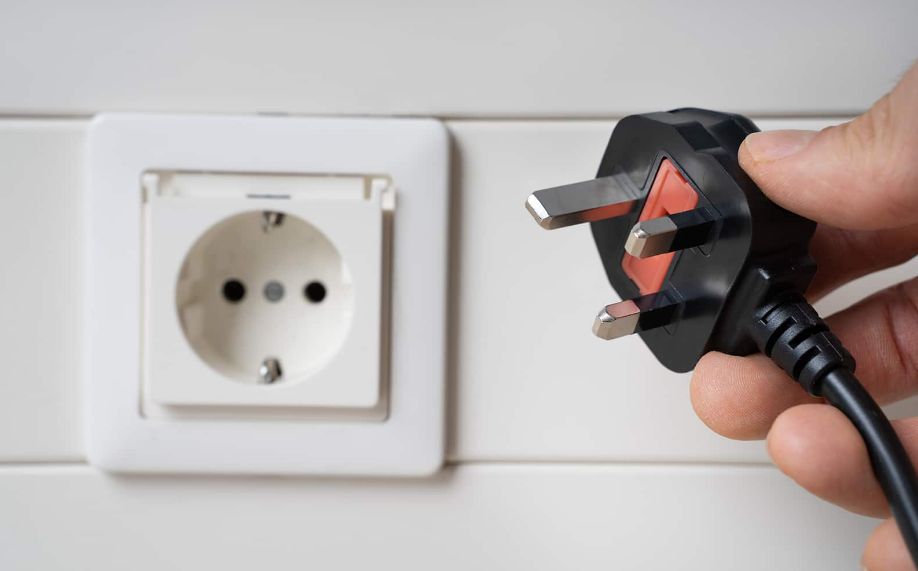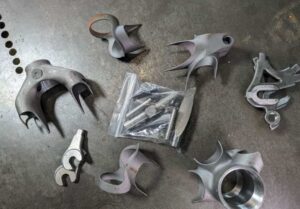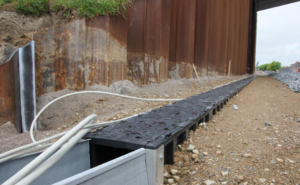Electrical plugs are essential components of any electrical system, serving as the connection between an electrical device and a power outlet. Understanding the different parts of an electrical plug and their functions is crucial for proper usage and maintenance. In this article, we will take a closer look at the anatomy of an electrical plug and explore the various components that make it work.
The Prongs:
The prongs are the two metal rods that are inserted into the power outlet. They are usually made of copper or brass, which are excellent conductors of electricity. The prongs come in different shapes and sizes, depending on the type of electrical plug.
The Plug Body:
The plug body is the plastic or rubber casing that surrounds the prongs. It provides insulation and protection to the electrical components inside the plug. The plug body also serves as a handle for inserting and removing the plug from the power outlet.
The Cable:
The cable is the cord that connects the electrical device to the plug. It is usually made of copper or aluminium wires covered in a rubber or plastic sheath. The size and length of the cable vary depending on the application. For instance, a cable used for a desktop computer will be thicker and longer than a cable used for a phone charger.
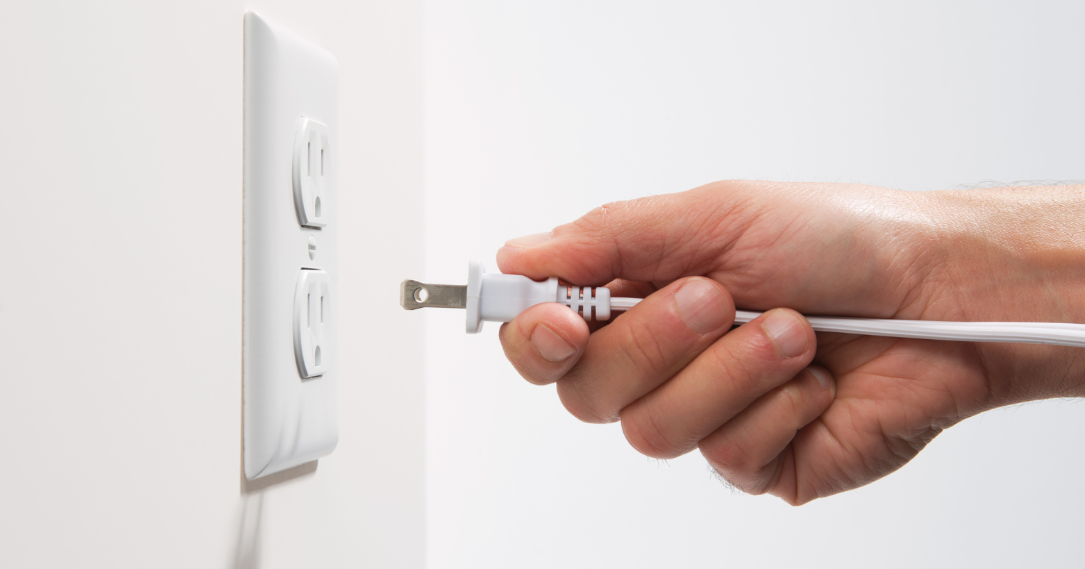
The Insulation:
Insulation is the material that surrounds the wires inside the cable. It prevents the wires from coming into contact with each other and causing a short circuit. The insulation also protects the wires from damage and wear and tear. Common insulation materials include PVC, rubber, and Teflon.
The Ground Pin:
It is longer and thicker than the other prongs and is designed to connect to the ground wire in the power outlet. The ground pin provides an extra level of safety by preventing electrical shocks and fires caused by faulty wiring.
Understanding the different parts of an electrical plug is crucial for proper usage and maintenance. It is important to choose the right electrical plug for your device and to ensure that it is in good condition before use. If you need to replace an electrical plug or cable, it is recommended to visit an electrical store and seek professional advice. Electrical stores offer a wide range of electrical products and accessories, including plugs, cables, adapters, and surge protectors.
Conclusion:
The anatomy of an electrical plug comprises several components, including the prongs, plug body, cable, insulation, and ground pin. Each of these parts plays a critical role in ensuring proper electrical system and safety. Proper usage, maintenance, and replacement of electrical plugs and cables are essential for preventing electrical accidents and fires.

 Home
Home


